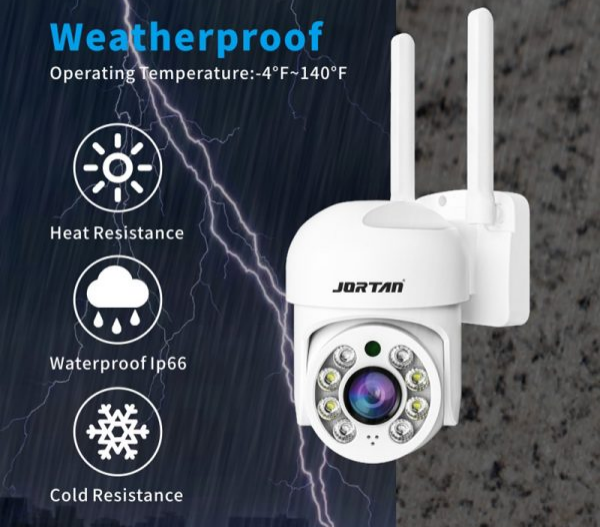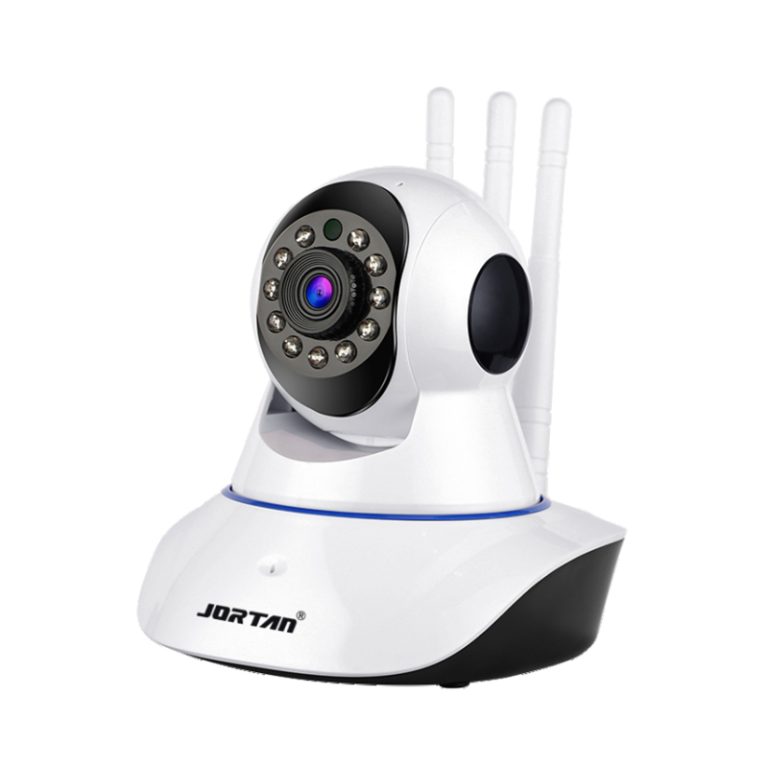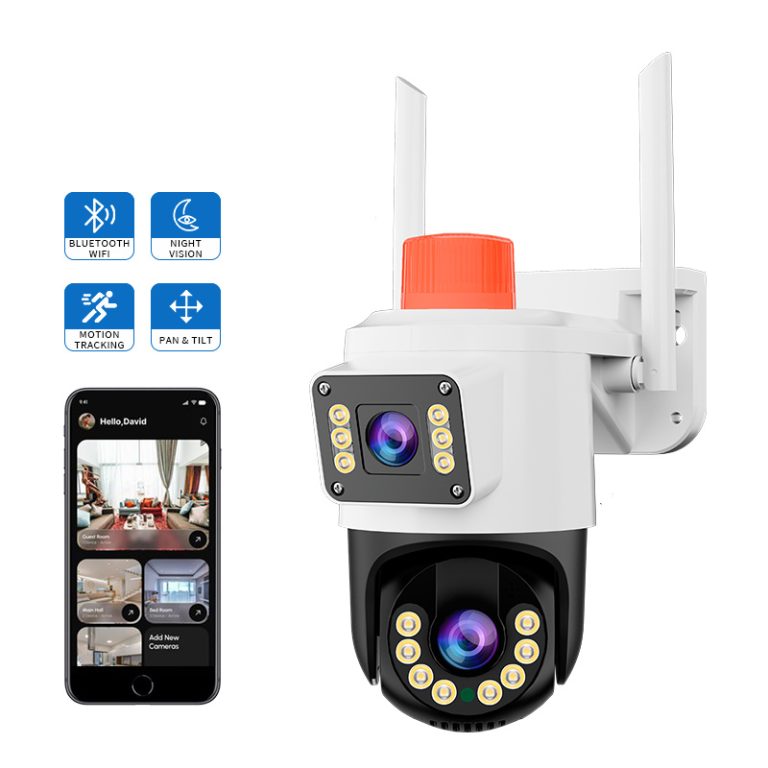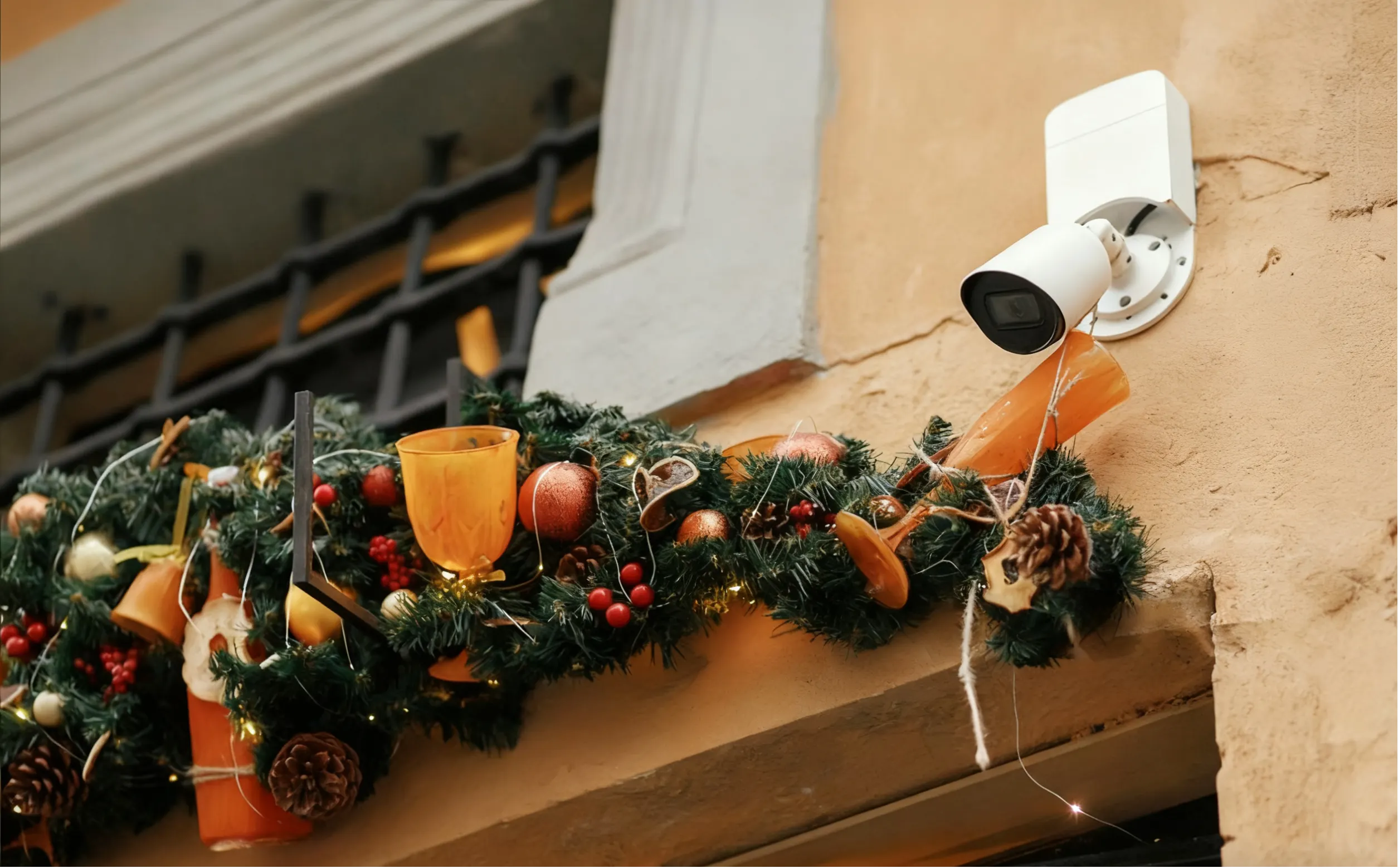
A recent news report highlighted a major security flaw that let hackers take remote control of tens of thousands of surveillance cameras around the world. This issue didn’t just risk leaking trade secrets; it also saw more than 86,000 IP cameras hijacked by malware, which then launched big attacks on company networks. Events like this show how vital strong security is in our connected world, especially as cities grow smarter. IP security cameras stand at the heart of this shift, helping monitor public spaces, traffic, and infrastructure. They bring real-time data that makes cities safer and more efficient. But with rising cyber threats, picking the right systems matters more than ever. For businesses like wholesalers dealing in these tools, understanding their role in public setups can open new doors. This article dives into how IP cameras fit into smart city plans, focusing on key choices that drive success.
Clear Your Business’s Unique Security Needs
Public infrastructure in smart cities demands tailored security setups. Wholesalers supplying IP security cameras must grasp what cities and large users really need. This starts with mapping out specific requirements that match urban challenges, from busy streets to remote parks.
Assess Key Monitoring Areas
In a smart city, IP security cameras cover everything from traffic junctions to public parks and transit hubs. Think about high-traffic spots where crowds gather, like subway stations or event venues. These areas need wide-angle views to catch incidents quickly. For instance, a single Jortan full color smart camera can monitor a 100-square-meter area with sharp detail, even in low light. Waterproof IP camera wireless models work well here, handling rain or dust without fail. Cities often install hundreds of these to keep an eye on daily flows. Wholesalers can stock models that fit these spots, drawing in bulk buyers who manage city-wide networks.
Transitioning from spotting key areas, it’s crucial to think about risks that could undermine these setups. Threats evolve fast in urban environments, where one weak link might affect the whole system. By pinpointing dangers early, wholesalers ensure their products meet real-world demands, building trust with large clients who handle public safety.
Identify Potential Security Threats
Urban threats range from vandalism to cyber intrusions. In public infrastructure, IP security cameras face risks like physical tampering or digital hacks. Last year, over 50,000 reported incidents involved stolen data from unsecured cameras. Weatherproof night vision security cameras help spot intruders at night, with infrared tech seeing up to 30 meters. Jortan WiFi camera options add layers of protection, using encrypted signals to block unauthorized access. For wholesalers, offering these means appealing to cities worried about data breaches. Bulk orders often come from users needing robust defenses against evolving threats.
Moving beyond threats, the environment plays a big role in camera choice. Cities have diverse conditions, from coastal humidity to desert heat. A good setup considers these factors to ensure long-lasting performance, helping wholesalers position their stock as reliable for tough urban installs.
Consider Environmental and Installation Conditions
Smart cities span varied climates, so IP66 waterproof IP cameras are essential for outdoor use. These withstand heavy rain and temperatures from -20°C to 60°C. Installation might involve poles or buildings, needing easy-mount designs. Jortan CCTV products, like the JT-8160QJ model, feature plug-and-play setups that cut install time by 40%. Wholesalers benefit by supplying versatile units that fit rooftops or streets. This appeals to large users planning scalable networks, ensuring cameras stay up in harsh weather.

Analyze Key Camera Performance and Core Technologies
Once needs are clear, dive into what makes IP security cameras perform well in public setups. Core tech drives reliability, from clear images to smart features. Wholesalers can highlight these to attract buyers focused on city infrastructure.
Image Sensor and Resolution Selection
High-quality sensors capture details that matter in urban monitoring. CMOS sensors in modern IP security cameras deliver 4K resolution, spotting license plates from 50 meters away. Jortan full color smart cameras use advanced chips for vibrant images day and night. In tests, they reduce blur in moving traffic by 30%. For public infrastructure, this means better evidence in incidents. Wholesalers stocking high-res models like waterproof IP camera wireless units see demand from cities upgrading old systems.
Shifting focus, smart features take performance further. AI adds brains to cameras, turning them into active tools. This integration helps cities respond faster, and wholesalers can emphasize it to stand out in a crowded market.
Intelligent Functions and AI Integration
AI turns IP security cameras into proactive guardians. Features like motion detection alert on unusual activity, cutting false alarms by 70%. Jortan WiFi cameras integrate AI for face recognition, useful in crowded plazas. In one city project, these cut response times from 10 minutes to under 2. Weatherproof night vision security cameras with AI spot hazards in fog or dark. For wholesalers, offering AI-ready Jortan CCTV means tapping into smart city trends, where bulk buyers seek tech that learns and adapts.
Beyond smarts, power use matters in large deployments. Cities run thousands of cameras, so efficient designs save costs. Wholesalers can promote energy-savvy options to appeal to budget-conscious infrastructure managers.

Low Power Consumption and Energy-Saving Technology
Efficient cameras sip power, ideal for solar-powered urban sites. Modern IP66 waterproof IP cameras use LED tech that drops energy use by 50% compared to old models. Jortan full color smart cameras feature sleep modes, activating only on motion. In a 2023 study, such tech saved cities $200 per camera yearly. This draws wholesalers to stock them for remote public areas, where wiring is tough. Large users appreciate the green angle, aligning with sustainable city goals.
Balance System Integration and Deployment Costs
Tech is key, but fitting it into existing setups without breaking the bank is crucial. For smart city infrastructure, wholesalers must show how IP security cameras blend in affordably.
- Initial Investment and Long-Term Maintenance: Upfront costs for IP security cameras vary, but quality pays off. A basic setup might run $100 per unit, while advanced CCTV models hit $200 with features. Over five years, maintenance adds 20% to that. Waterproof IP camera wireless options reduce wiring expenses by 40%. Cities often buy in lots of 500, so wholesalers offer bulk deals. This keeps total ownership low, appealing to public budgets. From costs, compatibility ensures smooth rolls. Public systems mix old and new gear, so seamless fits matter. Wholesalers can stress this to win over integrators handling city-wide upgrades.
- Compatibility with Existing Security Systems: IP security cameras must plug into legacy networks without hassle. Jortan WiFi cameras support ONVIF standards, linking to most DVRs. Weatherproof night vision security cameras add value by working with cloud storage. For wholesalers, this means easier sales to cities, avoiding full overhauls. Bulk buyers seek plug-ins that minimize downtime. Looking ahead, growth potential seals the deal. Cities expand, so scalable cameras are future-proof investments. Wholesalers highlighting this attract forward-thinking clients.
- Scalability and Future Upgrades: Modular designs let systems grow from 10 to 1,000 cameras. IP66 waterproof IP cameras from Jortan allow easy adds via apps. Upgrades might boost resolution without swaps, saving 30% on refreshes. In expanding smart cities, this flexibility draws large orders. Wholesalers position these as smart picks for evolving infrastructure.
Ensure Cybersecurity and Compliance
With integration sorted, security against hacks is non-negotiable. Public infrastructure handles sensitive data, so strong defenses protect everyone. Wholesalers must emphasize this to build credibility.

- Fundamentals of Guarding Against Cyber Attacks: Basic protections include firewalls and updates. IP security cameras need encrypted feeds to block snoops. Advanced full color smart cameras use AES-256, thwarting 99% of common attacks. In 2024 breaches, patched systems avoided 80% of issues. Wholesalers supply tools with auto-updates, reassuring bulk buyers in vulnerable public spots.
- Adhere to Data Privacy Regulations: Laws like GDPR demand consent and secure storage. Jortan CCTV models mask faces in recordings, meeting EU standards. Non-compliant setups faced $50,000 fines last year. Waterproof IP camera wireless units log access, aiding audits. For wholesalers, this compliance draws international clients managing public data.
- Establish Ongoing Monitoring Mechanisms: Real-time dashboards flag anomalies in IP security cameras. Jortan WiFi cameras send alerts on weak signals. In urban networks, this caught 40 intrusions early last quarter. Tools like remote diagnostics cut downtime by half. Wholesalers benefit by bundling monitoring services with bulk sales.
Conclusion
Choosing the right IP security camera is no longer just a decision for the end user; for wholesalers, it’s a strategic choice to define their position in a high-growth market. Partnering with a manufacturer like Jortan, focused on cutting-edge AI technology, robust cybersecurity, and scalable solutions, will directly translate into stronger customer relationships, more repeat customers, and a significant competitive advantage for your own distribution business in this security-first era. Contact Jortan today at kingjin@safejortan.com.cn and let us help you seize the opportunity and lead the market.









